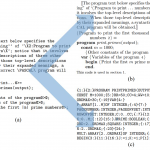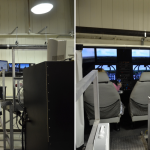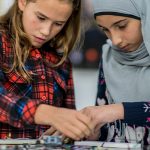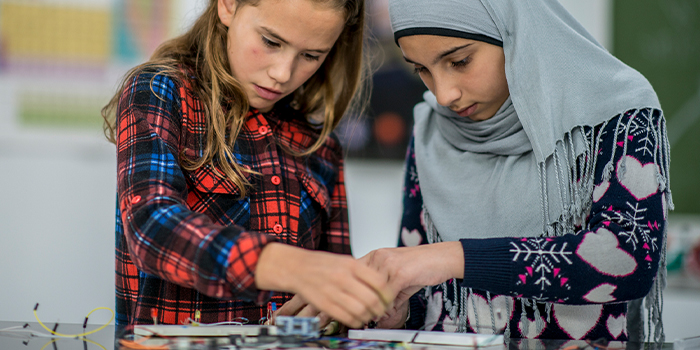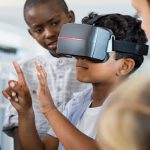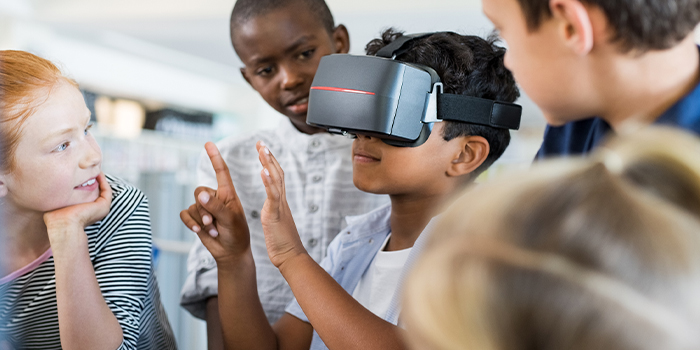Exploring Literate Programming in Electrical Engineering Courses
Abstract
Knuth’s literate programming paradigm positions source code as a work of literature for which communication to a human is prioritized over communication to a computer. A primary pedagogical value of literate programming lies with the act of writing, especially good writing, leading to good thinking. Issues with early literate programming tool implementations plagued the classroom adoption of literate programming. Advances in technology have warranted a reinvestigation of the benefits of the paradigm. To complement existing inquiry of literate programming in computer programming courses, we investigate, “How can literate programming support student learning in microprocessors and digital system design courses?”
